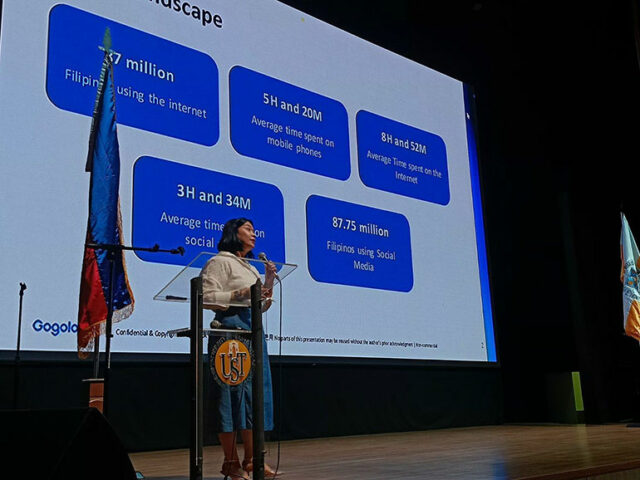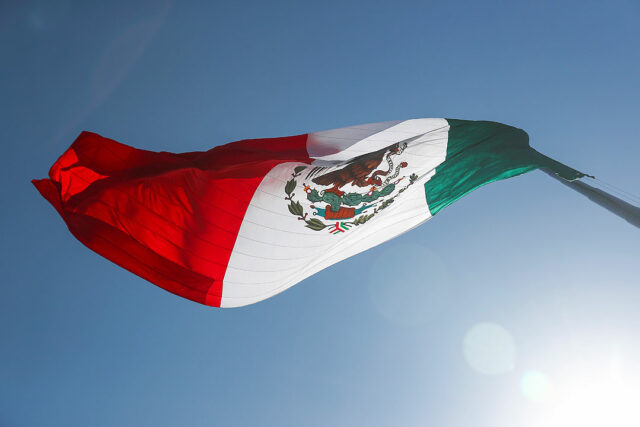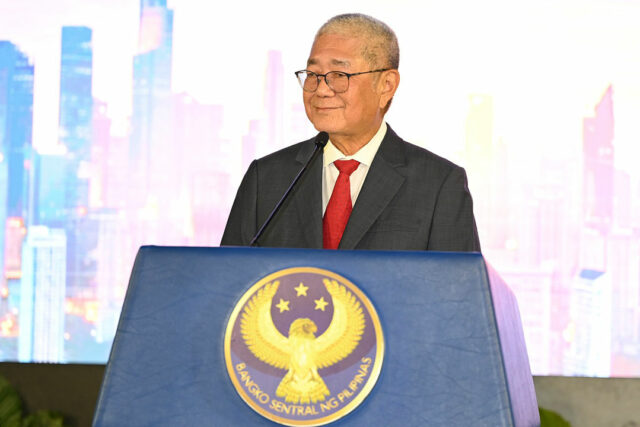Tagaytay Highlands unveils visionary long-term blueprint
Tagaytay Highlands, an expansive 1,200-hectare mountain resort community — spanning the provinces of Cavite, Laguna, and Batangas, has remained synonymous with distinction, luxury, and exclusivity for over 30 years. As Tagaytay Highlands continues to prepare for future generations, Highlands Prime, Inc., a subsidiary of SM Prime Holdings, envisions to bring the estate to even greater heights.
“We see Tagaytay Highlands transforming into a fully integrated, sustainable, and self-sustaining mountain resort community complemented by commercial, service, and recreational amenities,” stated SM Leisure Resort Residences Executive Vice-President and Business Unit Head Shirley Chua Ong. “This integrates Tagaytay Highlands’ four districts — The Highlands, Midlands, Midlands West, and Greenlands — into a seamless, mixed-use destination for elevated lifestyle experiences.”
Moreover, Tagaytay Highlands has long epitomized eco-friendly practices, with 40% of its residential areas preserved as open space. Its commitment to environmental stewardship is seen in conservation initiatives that help maintain the area’s natural beauty and biodiversity. One of the estate’s standout programs is the One Tree at a Time reforestation initiative, which aims to plant one million trees by 2044. With over 490,000 trees already planted, Tagaytay Highlands continues to build a verdant, eco-conscious community, future-proofing its development for generations to come.
Innovation and evolution are at the heart of Tagaytay Highlands’ development philosophy, and recent residential projects are a testament to its forward-thinking approach.
Trealva at Midlands West stands as a model of wellness-oriented, eco-centric living, providing spacious residential lots for those looking to immerse themselves in eco-conscious, luxury mountain living.
Highlands Residences, a low-density condominium development, features exclusive, world-class amenities designed to promote wellness and open-air living.
Primrose Parks, a low-density community with just 99 lots spread over 6.3 hectares, offers residents an abundance of green space and year-round scenic views.
Horizon Terraces Garden Suites and Garden Villas, a collection of five-storey, low-density residential condominiums and three-bedroom townhomes, provides panoramic views of the estate’s natural beauty, making it ideal for growing families seeking privacy and tranquility.
The Grove at Plantation Hills redefines countryside living by seamlessly integrating a leisure residential lifestyle with the charm of sustainable farming.
As it steps boldly into 2025 and beyond, Tagaytay Highlands redefines mountain resort living, setting new standards in sustainable, integrated township development and creating a vibrant community that will be cherished for generations.
Spotlight is BusinessWorld’s sponsored section that allows advertisers to amplify their brand and connect with BusinessWorld’s audience by publishing their stories on the BusinessWorld Web site. For more information, send an email to online@bworldonline.com.
Join us on Viber at https://bit.ly/3hv6bLA to get more updates and subscribe to BusinessWorld’s titles and get exclusive content through www.bworld-x.com.












